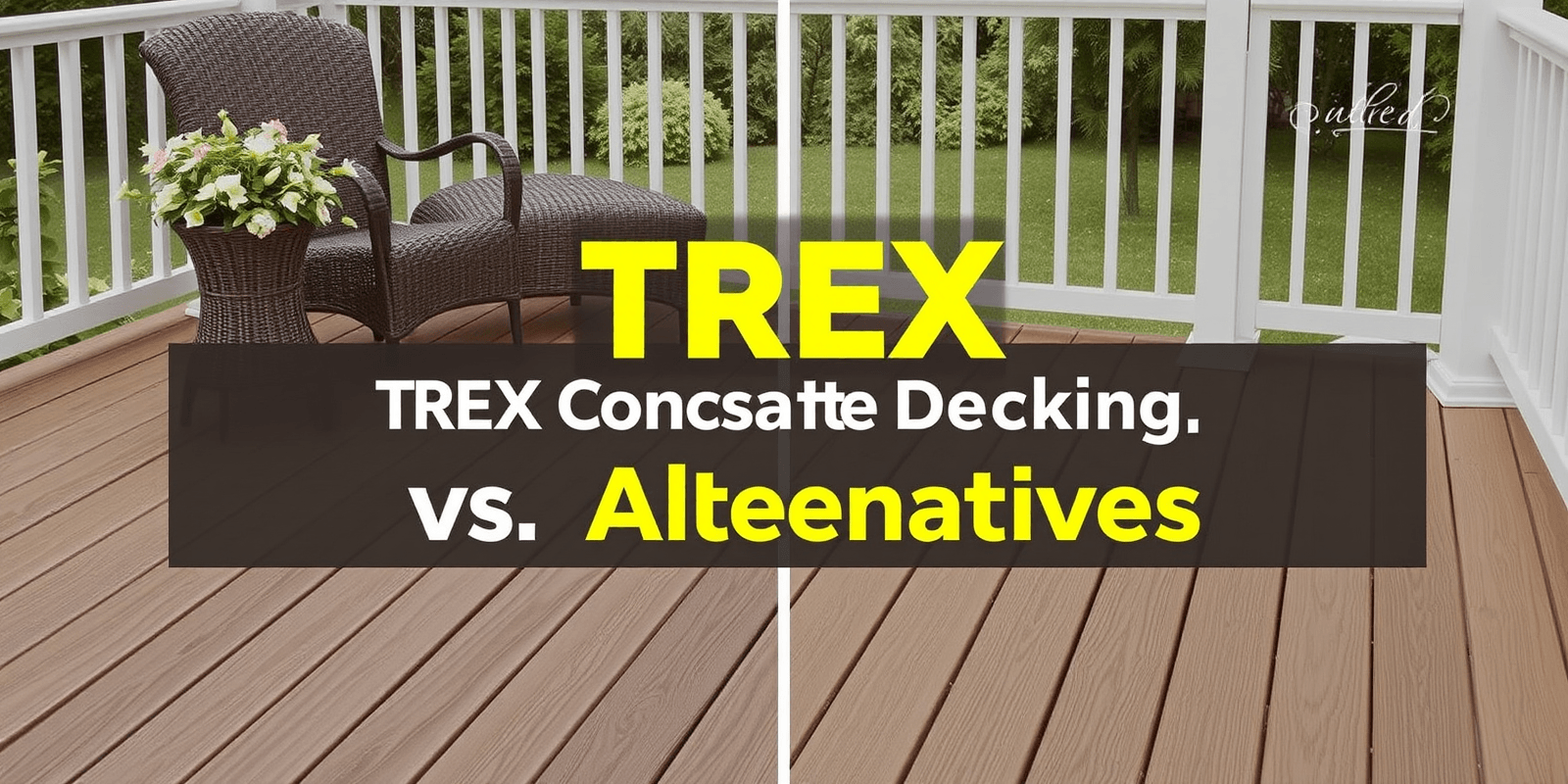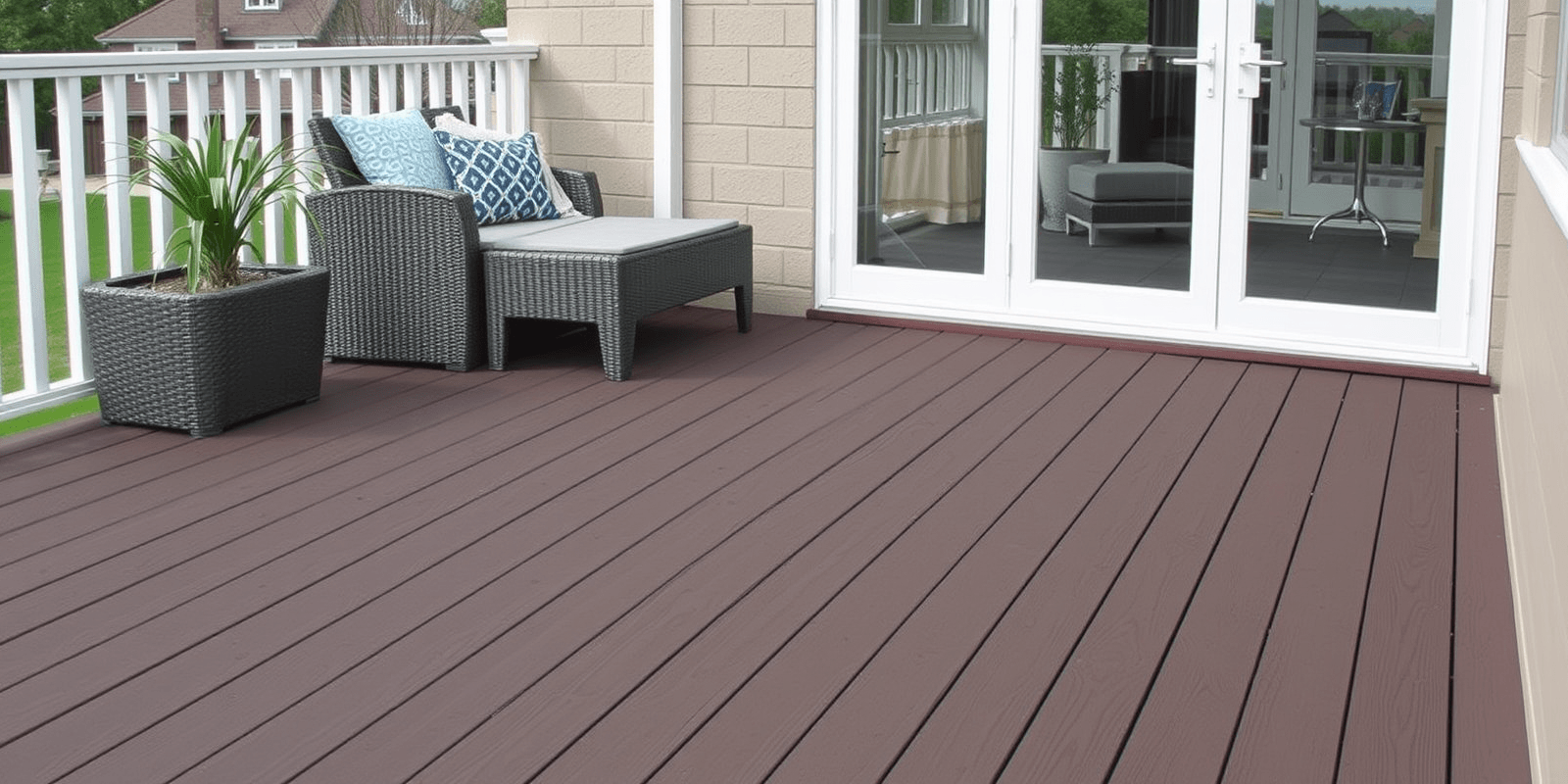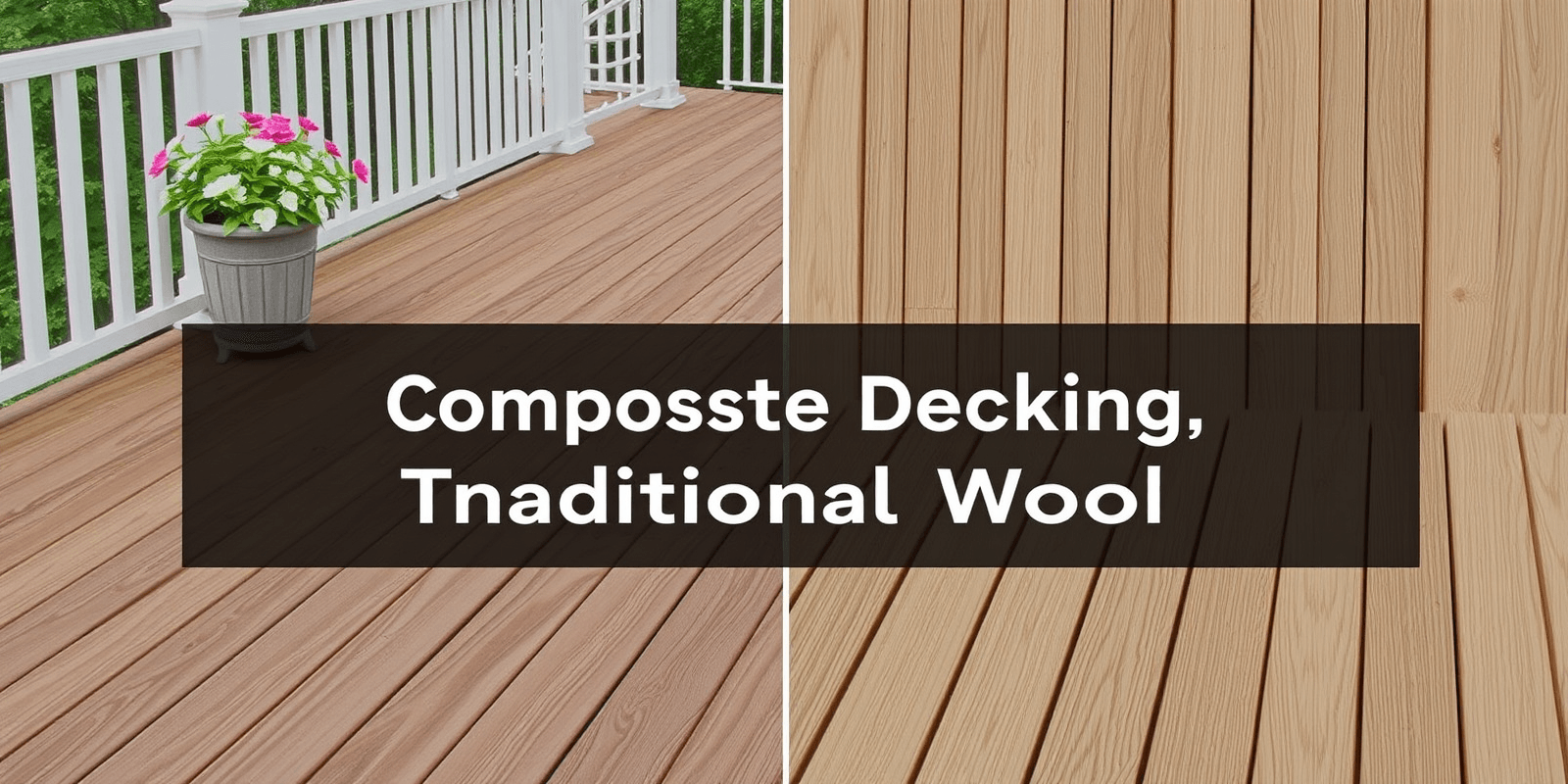“`html
TREX Composite Decking vs. Alternatives: What Sets Them Apart?
Introduction
In the world of outdoor living spaces, deck construction is a critical component for homeowners seeking to enhance their living areas. Among the various options available, TREX composite decking has gained significant popularity due to its unique blend of sustainability, aesthetic appeal, durability, and cost-effectiveness. However, it’s essential to compare TREX composite decking with other common materials like pressure-treated wood, cedar, and PVC to understand what truly sets them apart.
Sustainability: A Key Consideration
One of the most compelling arguments for TREX composite decking is its environmental impact. TREX is made from recycled plastic and wood fibers, reducing waste in landfills and minimizing the need for new timber harvesting. This eco-friendly approach aligns with growing consumer demand for sustainable building materials. In contrast, pressure-treated wood and cedar require ongoing maintenance and replacement, contributing to higher carbon footprints over time. PVC decking, while recyclable, often involves more energy-intensive manufacturing processes compared to composite materials.
Aesthetic Appeal: Beauty That Lasts
The aesthetic appeal of a deck can significantly influence the overall look of a home. TREX composite decking offers a wide range of colors and textures that mimic natural wood grains, providing a versatile palette for homeowners. Unlike pressure-treated wood, which can fade or develop an unsightly gray patina over time, TREX retains its vibrant hues with minimal maintenance. Cedar, known for its natural beauty and rich tones, requires regular sealing to maintain its appearance, whereas PVC decking, while resistant to fading, may not offer the same warmth and character as wood alternatives.
Durability: Built to Last
Durability is another crucial factor when choosing a decking material. TREX composite decking excels in this area due to its resistance to moisture, insects, and rot. It stands up well against harsh weather conditions and does not warp, crack, or splinter like traditional wood. Pressure-treated wood, although treated to resist decay and insect damage, can still suffer from these issues if not properly maintained. Cedar is naturally resistant to decay and insects but may require more frequent treatment to preserve its integrity. PVC decking, while durable, can become brittle over time and is prone to cracking under extreme temperatures.
Long-Term Cost Benefits: Investing Wisely
When considering long-term costs, the initial investment in TREX composite decking might be higher than traditional materials. However, its low-maintenance requirements and extended lifespan make it a cost-effective choice over time. Regular upkeep for pressure-treated wood and cedar, including sealing, staining, and replacing damaged boards, can add up significantly. PVC decking, while requiring less maintenance than wood, may still necessitate occasional cleaning and repair of minor damages. TREX’s durability ensures that homeowners spend less time and money on upkeep, ultimately saving them money in the long run.
Conclusion
When evaluating TREX composite decking against alternatives like pressure-treated wood, cedar, and PVC, it becomes clear that each material has its strengths and weaknesses. TREX stands out for its sustainability, aesthetic appeal, durability, and long-term cost benefits. While initial costs may be higher, the reduced maintenance needs and extended lifespan make TREX a wise investment for those prioritizing quality and longevity in their outdoor living spaces.
“`



